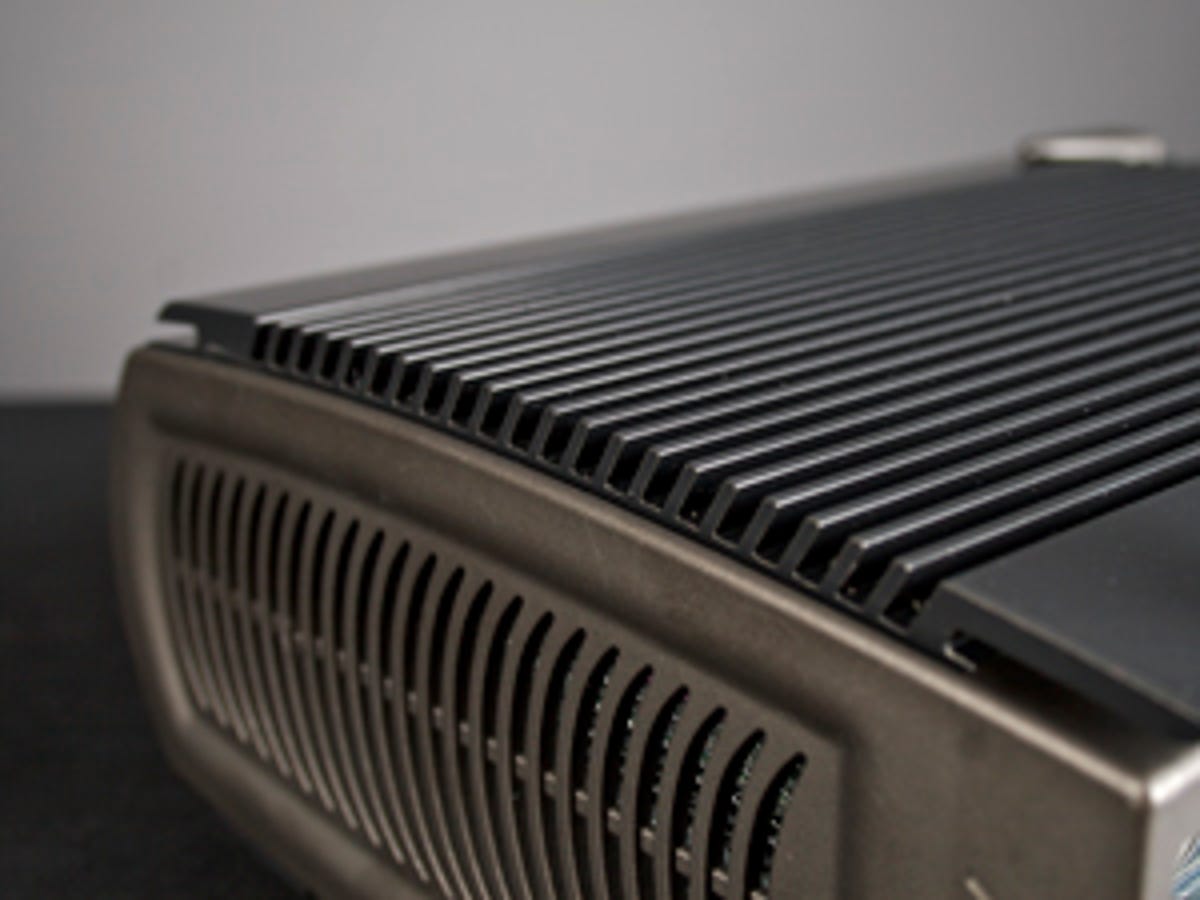 Why You Can Trust CNET
Why You Can Trust CNET Advent Eco PC review: Advent Eco PC
With petrol prices skyrocketing, there's no question: the cost of powering your electrical goods is getting higher and higher, too. Advent has released its Eco PC, a desktop computer that uses just 25W when idle. It comes in recycled packaging and has a few other features to help it run more efficiently, but it isn't cheap
There are no two ways about it: the price of powering electrical goods is skyrocketing. In July 2008 British Gas owner Centrica raised electricity prices by a whopping 9 per cent. Advent, in an attempt to save us all money, has launched the Eco PC -- a desktop computer that uses less power than your average PC. According to Advent, the £600 Eco PC uses a minimum of just 25W, and -- if you use your computer every day over the course of a year -- it can save you a significant amount of money.
The Good
The Bad
The Bottom Line
Design
The Eco PC ships in recycled packaging, so it makes a good, green first impression. Get it out of the box and you'll probably agree it's a good-looking machine, too. It's approximately the size and shape of a shoe box and has an upright stance so it looks more like a games console than a traditional desktop PC.
The Eco PC has some sleek-looking fins on either side, reminiscent of those found on a radiator in a home central heating setup. Like their central-heating counterparts, they're not there for just decoration -- they actually dissipate heat generated by the PC's internal components to prevent them overheating.

The front of the PC is pretty minimalist, consisting of an oval power button towards the top, a slot-loading DVD drive and the Advent logo at the bottom. The rear is a bit more exciting thanks to a large Wi-Fi aerial, DVI and S-Video video outputs, 4 USB ports, Ethernet and serial ports, and six distinct audio ports. There are also old-style PS/2 keyboard and mouse connectors, although you probably won't be using these since the machine comes with a Bluetooth dongle that communicates with a wireless keyboard and mouse.
Features
The Eco PC aims to be very eco-friendly, so high-end components aren't really an option. Instead, it uses an Intel Core 2 Duo T5250 CPU -- normally found in a laptop -- running at 1.5Ghz. This isn't particularly fast, but also, it isn't particularly eco-friendly in the grand scheme of things. We'd have expected a PC of this ilk to opt for a CPU that's even more power efficient -- possibly an Intel Atom.
The Eco PC is equipped with 2GB of RAM and graphics provided by an Intel 965 Express chipset. In other words, it's packing some entry-level components. Storage is fairly mediocre, too -- just 160GB. This is due to the fact that the Eco PC uses a 2.5-inch laptop hard drive in an attempt to keep the PC as small as possible.
One of the Eco PC's cleverest inclusions is the wireless keyboard with integrated mouse trackball. This requires batteries, but rather than ask the consumer to supply their own potentially harmful batteries, Advent has supplied some 'eco-friendly' Gold Peak ReCyko batteries and a 6-hour quick-charger. These, it is claimed, hold about 90 per cent of their charge after 6 months of use and about 85 per cent after a year.
The Eco PC ships with Windows Vista Home Premium edition and a copy of Cyberlink Power2Go disc creation software. Advent has thoughtfully supplied all the PC's manuals in Adobe PDF form in an attempt to minimise the amount of paper wasted.
Performance
The Eco PC's eco credentials are good, but not as good as they could have been. It uses 25W while idle -- when the PC is doing absolutely nothing -- and approximately 50W when under a full load -- when the CPU is performing full tilt.
It's difficult to calculate exactly how much this will cost you in electricity, but for reference, our trusty 6-year-old HP desktop, which uses an AMD Athlon 64 3200+ CPU, consumes a whopping 150W while idle. This shows you how little power the Eco PC uses, but bear in mind: if Advent had used an Atom CPU, as seen in many netbooks and some eco desktops, it could consume as little as 17W under a full load.
Processing power isn't the Eco PC's strong point. It did, however, rack up a not-too-shabby 3,310 in PCMark 2005. This figure puts it in line with most laptops with a core 2 Duo CPU speed in the region of 1.5-1.8GHz. This should serve most people well, as it's fast enough to run 1080p video and crunch its way through applications like Photoshop without stuttering too badly.
Conclusion
The Eco PC can save you money on electricity, but you'll need to be at least an 8-hours-a-day, every day kind of user in order to reap any serious rewards. It's also fairly pricey, so you'll also have to keep it for a good few years before it starts paying for itself.
Edited by Marian Smith
